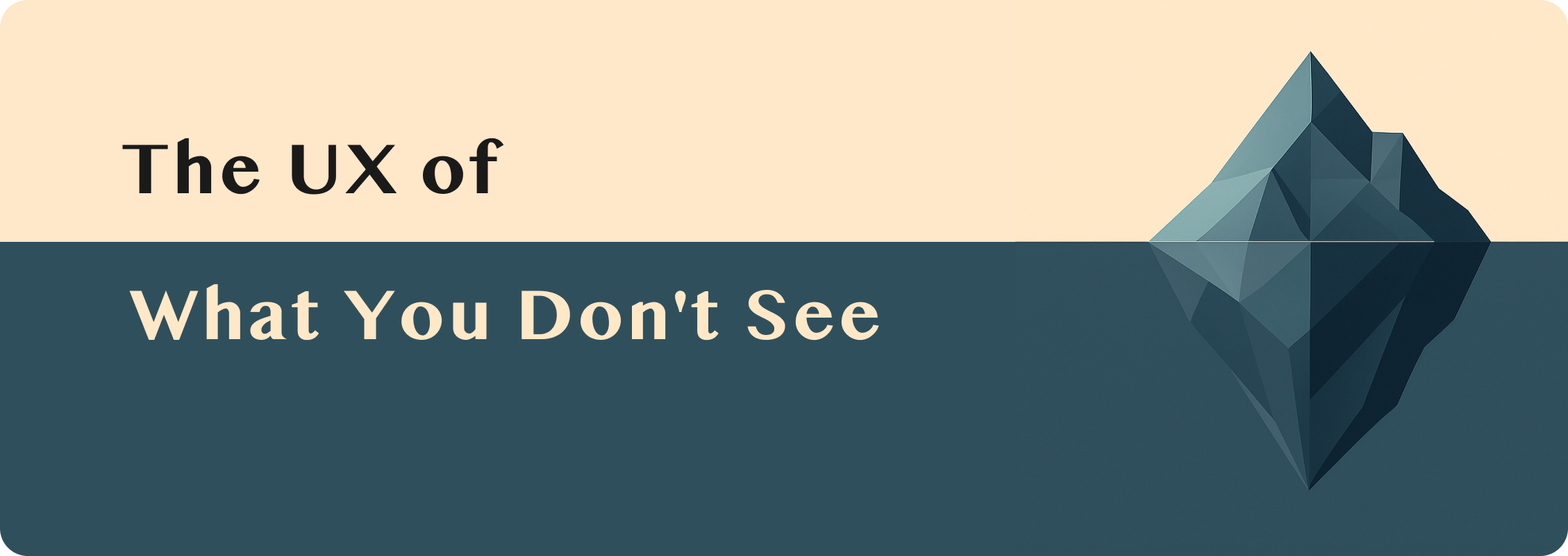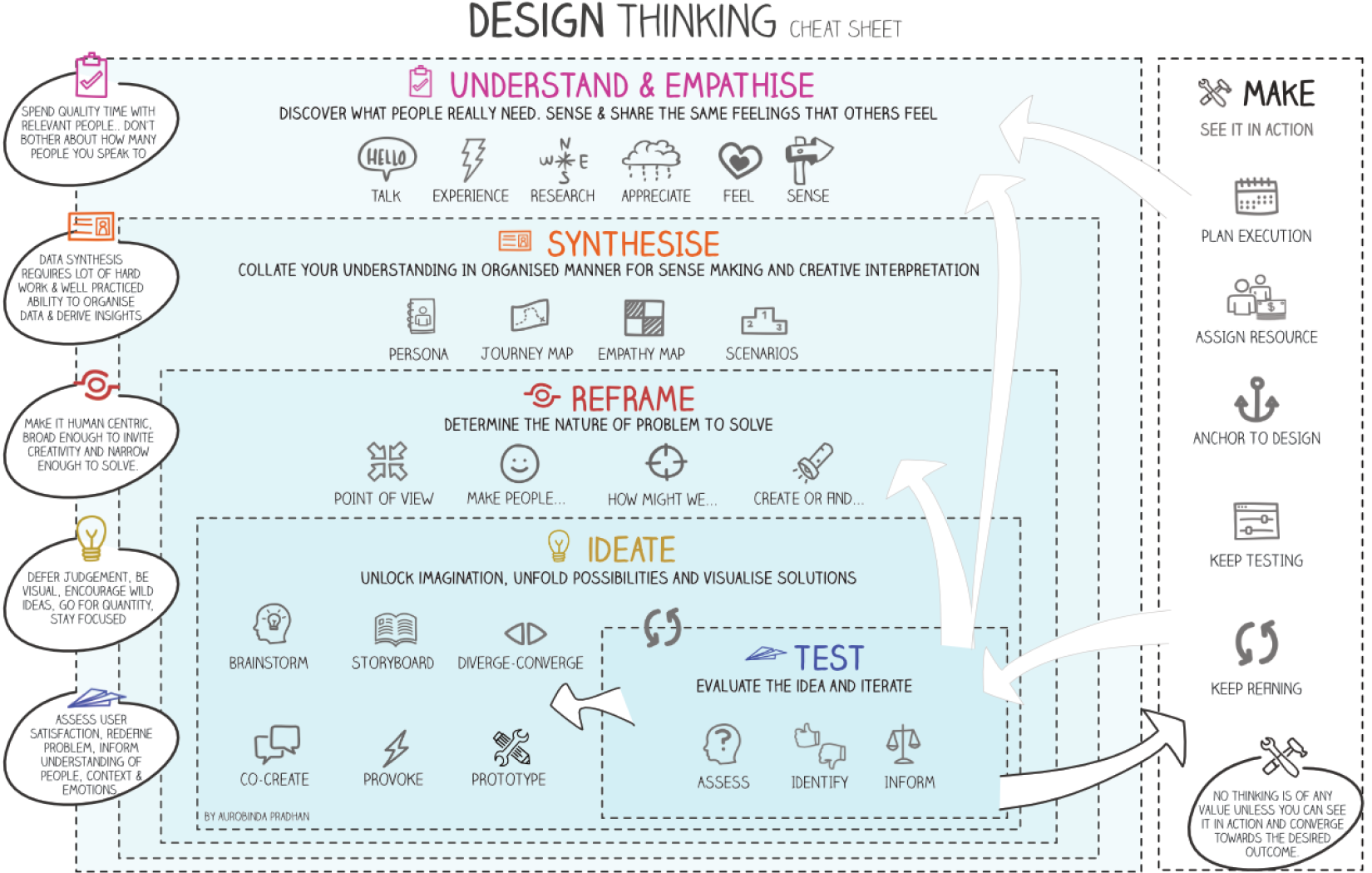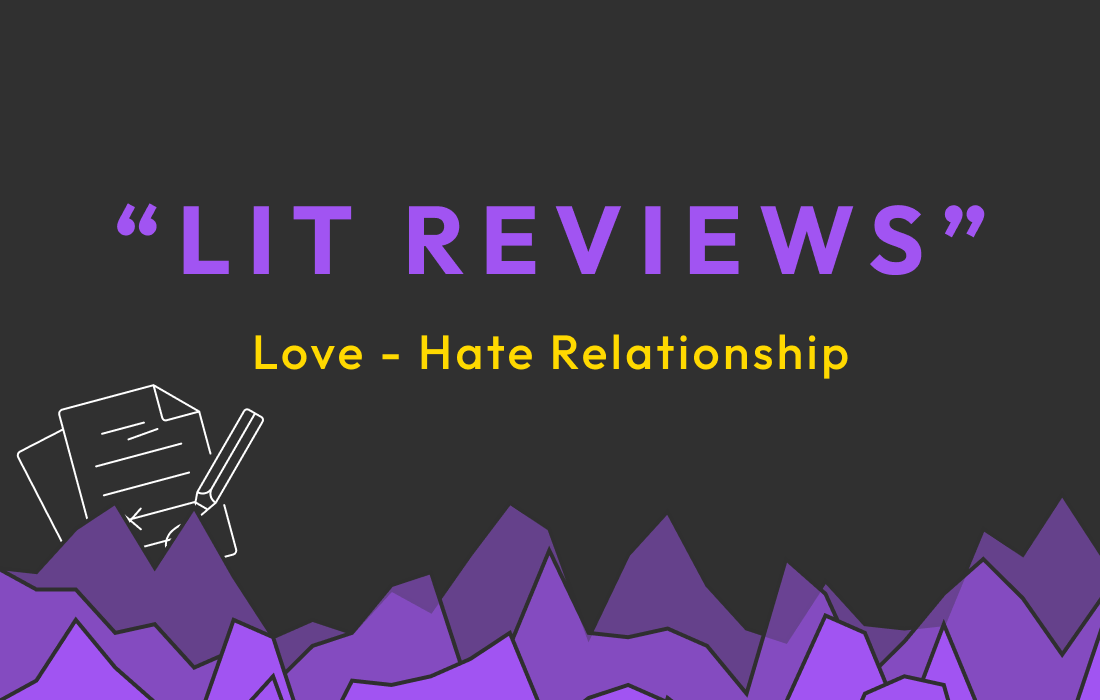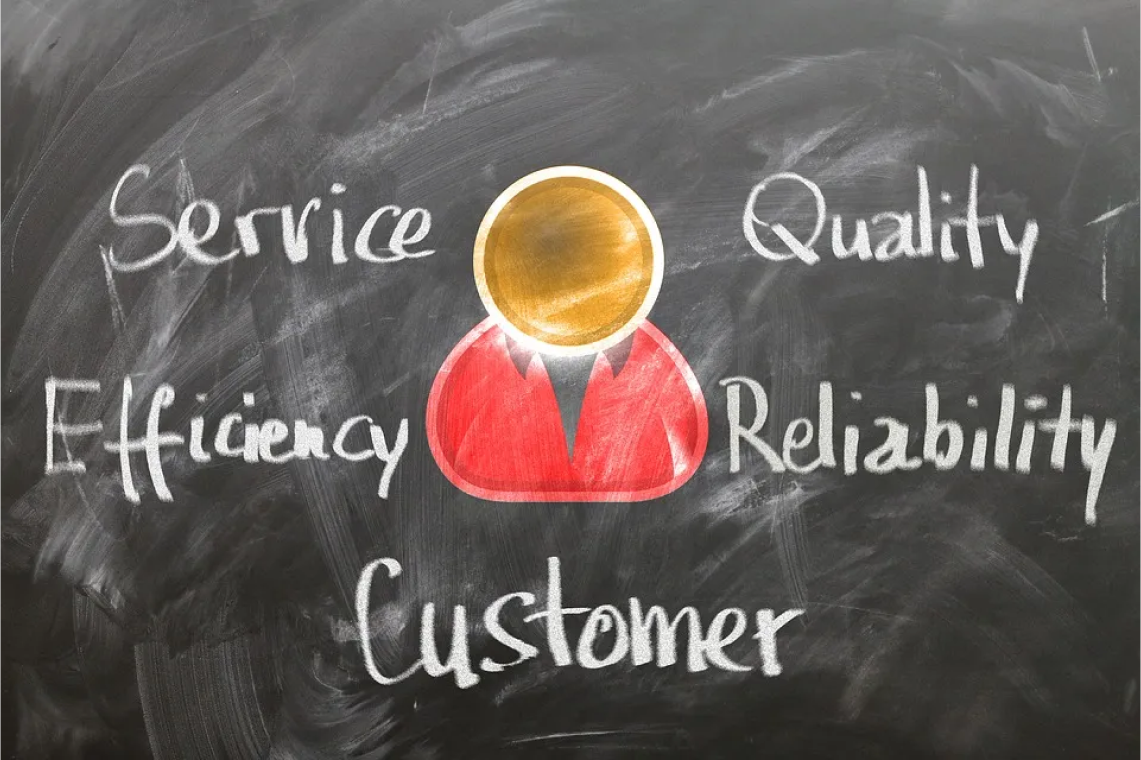Blogs
My Unexpected UX Journey into Enterprise Connectivity
Arya Chutke
Posted On May 5, 2025

Starting my first client project felt like entering a new dimension, different from my usual UX design work. The challenge? Navigating the intricate ecosystem of an enterprise integration platform.
As a UX designer, my typical battlegrounds are wireframes, user flows, and usability testing. I’m usually focused on the front-end, the tangible interface that users interact with daily. Enterprise integration, on the other hand, felt like peering behind the curtain, into the complex machinery that makes everything run. Terms like iFlow, API proxies and API Management weren’t the familiar terminology of user-centered design; they were alien concepts that swirled around me like a mysterious puzzle. My initial reaction wasn’t the usual excitement of tackling a user’s pain point, but a healthy dose of “Okay, what have I gotten myself into?”
A Different Kid of Design Challenge
The biggest change was that I had to shift my perspective. It was a real ‘aha’ moment, realizing that instead of only focusing on the user’s direct experience, I also had to understand and consider the systems themselves — how they interact and their limitations.
The design process shifted from user-centric research to technical exploration. Along with focusing on user interviews and usability, I had to delve into system architecture, data models, and integration. It felt like transitioning from a familiar world to a foreign one, where I was concerned with the technical intricacies in addition to the user experience.
The Upsides: Expanding My Horizon
- Learning New Tech Skills: Honestly, this was a HUGE win. I had to dive headfirst into concepts I’d only heard whispers of before. Understanding APIs, data formats, and how systems connect wasn’t just a job; it was like learning a new language, and it transformed me into a more versatile designer.
- Becoming a Problem-Solving Ninja: Integration challenges were like intricate puzzles. I had to break them down into smaller pieces, find the hidden connections, and identify the weak points. It was a mental workout that pushed my problem-solving skills to the next level.
- Seeing the Bigger Picture: It was like finally understanding what goes on beneath the hood. I could see the intricate dance of data and systems that power the apps we use every day. The complexity was mind-blowing, and it gave me a newfound respect for the magic that happens behind the scenes.
- Teaming Up with Tech Wizards: Working hand-in-hand with integration architects and developers was eye-opening. They had a whole different way of tackling problems, and it broadened my design thinking in ways I never imagined.
The Downsides: Navigating the Technical Deep End
- Steep Learning Curve: The overwhelming amount of new information was initially daunting. It felt like I was constantly playing catch-up.
- Jargon Fatigue: Terminologies often felt like a foreign language that I had to decode before designing anything meaningful.
How We Dealt With It: Embracing the Challenge
Navigating this unfamiliar territory required a proactive and collaborative approach.
- Immersive Learning: I dedicated time to reading documentation, watching tutorials, and absorbing integration concepts like a new language—starting simple and building context.
- Relentless Questioning: I overcame my initial shyness and bombarded my team with questions. I learned that there are no “stupid” questions when you’re genuinely trying to understand something new.
- Visualizing Concepts: As a visual thinker, I tried to visualize the data flows and system interactions to better grasp the underlying logic. Creating simple diagrams helped me understand the connections.
- Collaboration and Open Communication: The open and supportive environment fostered by my team was crucial. They patiently explained complex concepts and encouraged my participation, even when my contributions were from a UX perspective.
Key Takeaways: A Broader Perspective on Design
Stepping into the world of enterprise connectivity platform was a HUGE leap for me as a UX designer. It was like being dropped into a foreign land where I didn’t even speak the language. There were moments of frustration and confusion, but looking back, I’m so grateful for this experience. It was a rollercoaster ride that pushed me out of my comfort zone and showed me that design is about so much more than just pretty pixels. It’s about understanding the intricate dance of data and systems, and finding solutions that work behind the scenes to create a seamless experience for the user.
This journey has truly transformed me into a more versatile and insightful designer. I feel ready to face whatever challenges come my way, armed with a newfound appreciation for the magic that happens behind the curtain of technology!


